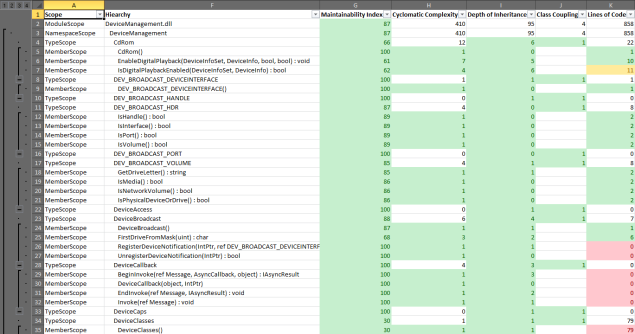The statisticians behind the Popularity of Programming Languages (PYPL) index have named C# the language of the year for 2012. Their data shows that C# popularity grew by 2.3 percent in 2012, more than any other programming language during the same period.
What accounts for the growth of C# in 2012? Well, the launch of Windows 8 has probably played a role — C# remains the dominant language of third-party application development on Windows devices.
But we think there’s more to it than that. Here are eight reasons why C# is increasingly the programming language of choice for mobile development:
- Cutting edge – asynchronous programming as a first-class language feature turns what is typically regarded as boring, repetitive and error prone coding into a simple and delightful experience. And anonymous types, lambda expressions, type inference, functional-style programming and LINQ allow developers to write code that is highly expressive and easy to maintain.
- Powerful features – object-oriented programming and encapsulation make it easier to structure code for maximum reuse. Capabilities like reflection and dependency injection offer developers a lot of power and flexibility.
Read more: Xamarian
QR: 




